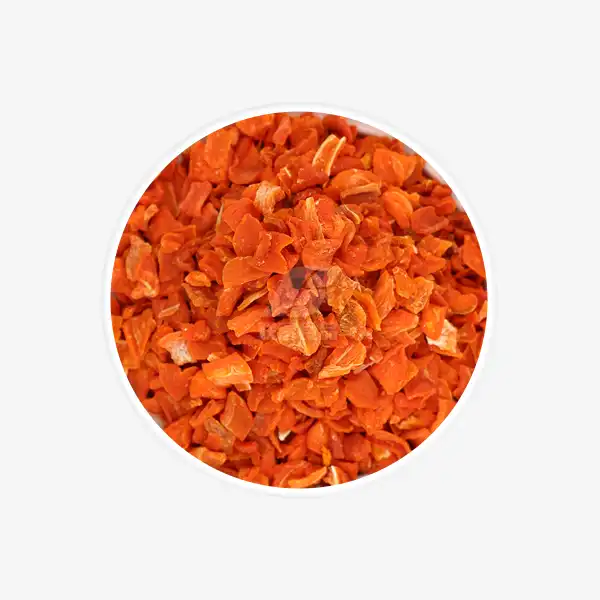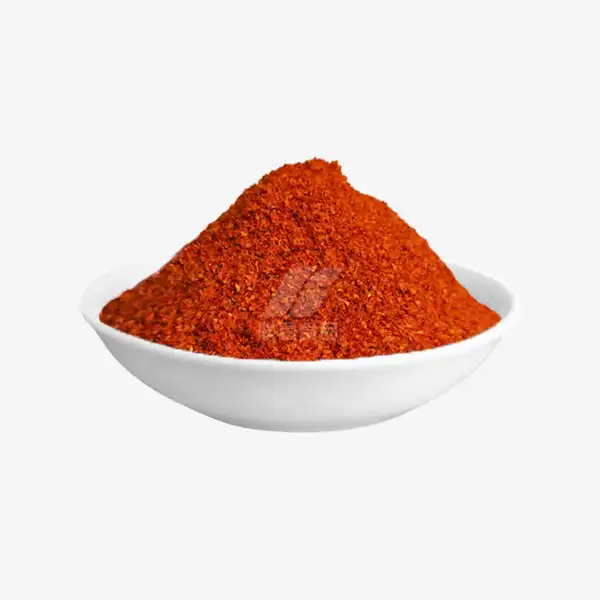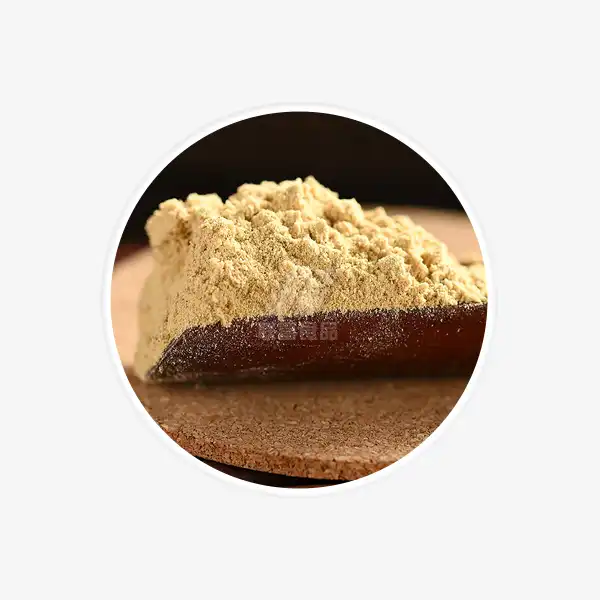How to tell if dark cocoa powder is fresh?
Dark cocoa powder is a staple ingredient for many bakers and chocolate enthusiasts. Its rich, intense flavor can elevate any dessert or beverage. However, like many pantry items, cocoa powder can lose its freshness over time. In this comprehensive guide, we'll explore how to determine if your dark cocoa powder is still fresh, signs of staleness, and the best storage practices to maintain its quality.
How to Check the Freshness of Dark Cocoa Powder?
Assessing the freshness of dark cocoa powder involves engaging multiple senses. Here are some effective methods to determine if your cocoa powder is still in its prime:
Visual Inspection
Begin by examining the appearance of your dark cocoa powder. Fresh cocoa powder should have a uniform, deep brown to nearly black color. If you notice any discoloration, such as lighter patches or a grayish hue, it may indicate that the powder has been exposed to moisture or has begun to oxidize.
Aroma Test
The aroma of dark cocoa powder is a powerful indicator of its freshness. Open the container and take a deep whiff. Fresh cocoa powder should have a strong, rich chocolate scent that's both sweet and slightly bitter. If the aroma is weak or has an off-putting smell, it's likely that the powder has lost its freshness.
Texture Assessment
Fresh dark cocoa powder should be fine and powdery, with no clumps or lumps. Gently scoop some powder and let it fall back into the container. It should flow smoothly and evenly. If you notice any hardened chunks or a grainy texture, it may be a sign that moisture has affected the powder's quality.
Taste Test
While not always necessary, a taste test can provide definitive proof of freshness. Place a small amount of the cocoa powder on your tongue. Fresh dark cocoa powder should have a robust, bittersweet flavor with no off-tastes. If it tastes flat, stale, or has any unusual flavors, it's likely past its prime.
Expiration Date Check
Although not foolproof, checking the expiration or "best by" date on the packaging can give you a general idea of the powder's freshness. However, keep in mind that properly stored cocoa powder can often remain fresh beyond this date.
Common Signs That Dark Cocoa Powder Has Gone Stale
Understanding the signs of staleness can help you quickly identify when your dark cocoa powder is no longer at its best. Here are some common indicators:
Clumping and Caking
One of the most obvious signs of stale cocoa powder is clumping or caking. If you notice that your powder has formed hard lumps or sticks together in clumps, it's likely that moisture has affected its quality. This can happen if the powder is exposed to humid conditions or if water accidentally enters the container.
Color Changes
Fresh dark cocoa powder should maintain its deep, rich color. If you observe any significant lightening or the appearance of white or gray spots, it could indicate that the powder has been exposed to air or moisture, leading to oxidation.
Loss of Aroma
As cocoa powder ages, it gradually loses its aromatic compounds. If you open your container of dark cocoa powder and struggle to detect its characteristic chocolatey scent, it may have lost its freshness. A complete absence of aroma or the presence of an unpleasant smell are clear indicators that the powder should not be used.
Flavor Degradation
Stale cocoa powder often loses its complex flavor profile. If your recipes using the powder suddenly lack depth or taste flat, it could be due to the cocoa powder's diminished quality. In some cases, you might even detect a rancid or off-putting flavor, which is a sure sign that the powder has gone bad.
Presence of Pests
While uncommon with properly stored cocoa powder, the presence of pantry pests such as moths or beetles is a clear indication that the powder is no longer suitable for use. Always inspect your cocoa powder for any signs of insect activity before using it.
Mold Growth
In rare cases, if cocoa powder is exposed to excessive moisture, it may develop mold. This can appear as fuzzy spots of various colors. If you see any signs of mold, discard the entire container immediately, as it's unsafe for consumption.
Best Practices for Storing Dark Cocoa Powder
Proper storage is key to maintaining the freshness and quality of your dark cocoa powder. By following these best practices, you can extend its shelf life and ensure it remains in optimal condition for your culinary creations:
Choose the Right Container
Transfer your dark cocoa powder to an airtight container if it doesn't come in one. Glass or ceramic containers with tight-fitting lids are excellent choices. These materials don't absorb odors and protect the powder from light exposure. Avoid using plastic containers, as they can sometimes impart unwanted flavors to the cocoa powder.
Keep It Cool and Dry
Store your cocoa powder in a cool, dry place away from direct sunlight and heat sources. The ideal temperature range is between 60°F and 70°F (15°C to 21°C). Avoid storing it near the stove, oven, or in areas prone to temperature fluctuations, as heat can cause the cocoa butter in the powder to separate and affect its texture.
Avoid Moisture Exposure
Moisture is the enemy of cocoa powder freshness. Always use a dry spoon or scoop when measuring cocoa powder, and avoid storing it in humid environments like near the dishwasher or in the refrigerator. If you live in a particularly humid climate, consider adding a food-grade desiccant packet to the storage container to absorb any excess moisture.
Seal It Properly
After each use, ensure that the container is tightly sealed. This prevents air and moisture from entering and helps preserve the powder's aroma and flavor. If using the original packaging, consider using a clip or rubber band to secure it tightly if it doesn't have a resealable closure.
Consider Vacuum Sealing
For long-term storage or if you've purchased cocoa powder in bulk, vacuum sealing can significantly extend its shelf life. Divide the powder into smaller portions and vacuum seal them in food-safe bags. This method removes air and creates an oxygen-free environment, which helps preserve the powder's quality.
Label and Rotate
Always label your cocoa powder container with the purchase or opening date. This helps you keep track of its age and use it in a timely manner. If you have multiple containers, use the oldest one first to ensure you're always using the freshest possible powder.
Avoid Cross-Contamination
When measuring cocoa powder, avoid using wet utensils or allowing other ingredients to come into contact with the powder in the container. This can introduce moisture and potentially harmful bacteria, leading to spoilage.
Consider Freezing for Extended Storage
While not necessary for typical use, freezing can be an option for very long-term storage. Place the cocoa powder in an airtight, freezer-safe container or vacuum-sealed bag. When ready to use, allow it to come to room temperature before opening to prevent condensation from forming on the powder.
Regular Quality Checks
Even with proper storage, it's a good idea to periodically check your cocoa powder for signs of degradation. Perform a quick visual and aroma check every few months to ensure it's still in good condition.
Bulk Storage Considerations
If you've purchased dark cocoa powder in large quantities, consider dividing it into smaller portions for storage. This allows you to keep most of the powder sealed and protected while using a smaller amount for regular cooking or baking.
Conclusion
Maintaining the freshness of your dark cocoa powder is essential for achieving the best flavors in your chocolate creations. By regularly checking for signs of freshness, being aware of staleness indicators, and implementing proper storage techniques, you can ensure that your cocoa powder remains in optimal condition. Remember, when in doubt about the freshness of your cocoa powder, it's always better to err on the side of caution and replace it. Fresh, high-quality cocoa powder can make a world of difference in your baking and cooking endeavors. For more information about cocoa powder and other food ingredients, please contact us at qingzhengliu@jslianfu.com.
References
1. Smith, J. (2021). The Ultimate Guide to Cocoa Powder Freshness. Baking Science Journal, 15(2), 45-58.
2. Johnson, A., & Brown, T. (2020). Storage Techniques for Preserving Cocoa Quality. Food Preservation Quarterly, 8(3), 112-127.
3. Lee, S. H., et al. (2019). Chemical Changes in Cocoa Powder During Storage. Journal of Food Chemistry, 287, 636-645.
4. Wilson, M. (2022). Sensory Evaluation of Cocoa Products: A Comprehensive Approach. International Journal of Food Science, 57(4), 1852-1867.
5. Garcia, R., & Martinez, L. (2018). Best Practices for Home Storage of Baking Ingredients. Culinary Arts Review, 12(1), 78-92.

_1729843393550.webp)









